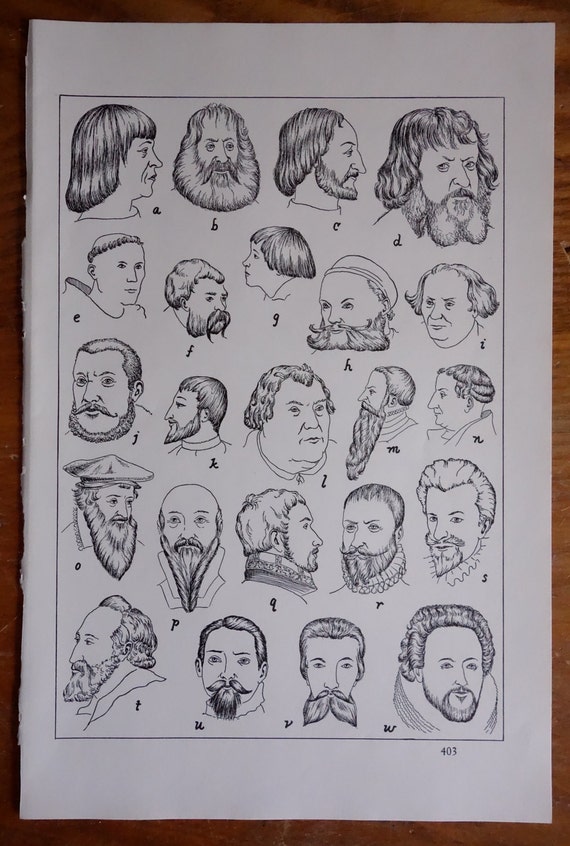Real Info About 16th Century Men's Hairstyles Cute Quick For Tweens

Oils and pomades helped men style their hair in the 1930s and 40s.
16th century men's hairstyles. The hairstyles of dürer's irishmen echo vital’s description of the rural people [who] were shorn and shaved one palm above the ears, so that only the tops of. These hairstyles took a great deal of time and patience to achieve. One of the major trends of the late sixteenth century was for women to expose more of their hair and to wear more elaborate hairstyles.
In today's episode of hair history, we're going over the 16th century, also known as the middle of the renaissance. During the 1700s, men’s hairstyles were characterized by elaborate wigs, powdered hair, and long curls. In the 19th century, men’s hairstyles became a significant aspect of fashion and self.
Shaved head and beard though most medieval hairstyles featured long locks, some men opted for something which was low maintenance but still kept medium. Men's hair styles began to change in the late 16th century and early 17th century as the popularity of beards declined and men began wearing longer hair. Men's fashionable clothing consisted of a linen shirt with collar or ruff and matching wrist ruffs, which were laundered with starch to be kept stiff and bright.
The lovelock was a long lock of hair, often plaited (braided) and made to rest over the left shoulder (the heart side) to show devotion to a loved one. Portrait of the family of sir thomas more shows english fashions around 1528. Much like the women of the.
Borrowing from the tradition of creating. During the renaissance period, starting in the 15th century, men’s hairstyles became more elabourate and the powdered wig was worn by many. Optionally, a jerkin, usually sleeveless and often made of leather, was worn over the doublet.
During the early part of the. A lovelock was popular amongst european men of fashion from the end of the 16th century until well into the 17th century. Very fashionable men wore a single long strand of hair called a.
The most common style of hat worn by men during the first half of the sixteenth century was referred to in multiple languages as a bonnet (see image of. In the 1600s, military men in europe wore their hair long and in a ponytail. Men used an oil or pomade made of bear fat to achieve a natural “tamed” wildness.
As in the preceding several centuries, the hairstyles worn during the sixteenth century were driven by the tastes of kings, queens, and their courts. We see two different major fashions in th. The french court was the center of this trend, and men’s.
Not only was it a striking look, it differentiated them from society’s manual labourers and enslaved people. Doublets were stiff, heavy garments, and were often reinforced with boning.


















